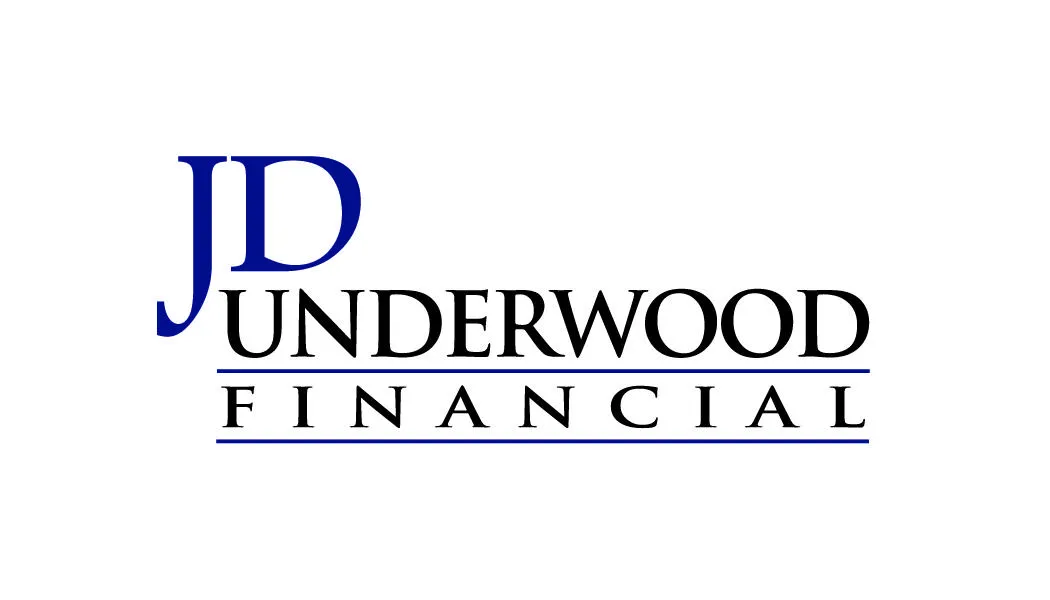7 Lessons On Strategies
The Rich Use To Buy Annuities
Lesson #1
A Better Annuity Strategy
How To Create Predictable Income, Stable Growth, And Preservation of Principal All Throughout Retirement
What Is A Fixed Annuity?
An annuity is a contract between you and an insurance company in a similar manner to how a certificate of deposit is a contract between you and a bank. The reason it is called a “fixed” annuity is because it guarantees a stated interest rate and therefore carries no investment risk (as opposed to a “variable” annuity which typically invests in non-guaranteed investments).
There are two main types of fixed annuities: immediate and deferred. An immediate fixed annuity is what someone purchases when they want to turn a specific asset into a series of income payments. The reason it is called an immediate annuity is because once you purchase the annuity from the insurance company, your principal is “immediately” turned into a stream
of monthly income checks that last for a certain length of time (or are guaranteed for life depending on the payout option you choose).
The benefit of this type of annuity is that your income payout is guaranteed and insured by the insurance company. The negative side of this type of annuity is that while you may receive guaranteed monthly checks for a period of time (or over your lifetime), the payments are typically without inflation adjustments, and the actual growth rate that you receive on your
principal during this payout is usually quite low.
Furthermore, since immediate annuities are based on guaranteed calculations from the insurance company, once you begin an immediate fixed annuity you are locking into an irreversible decision with no recovery of principal at the other end for yourself or your beneficiaries.
In contrast, a deferred fixed annuity functions more like a certificate of deposit. The money you use to purchase a deferred fixed annuity is guaranteed to receive a stated rate of return for a specific number of years. Your principal is guaranteed and insured by the insurance company, and at the end of your contract term you are able to withdraw 100% of your account value without penalty.
The benefits of this type of fixed annuity are that your money grows tax deferred, there are no annual fees, and you are allowed to make withdrawals of up to 10% of your account value every year without penalty. This withdrawal feature can in some cases make annuities more flexible than a bond or certificate of deposit that will not allow you to access your principal.
The negative side of this type of fixed annuity is that while you are allowed to take 10% out per year, you are still limited in respect to liquidity and flexibility.
What Does It Mean To “Ladder” Annuities?
Some people have great experiences with fixed annuities; some people have poor experiences. In most cases those individuals who have had a bad experience with fixed annuities, had one for the same reasons that they might have had a bad experience with any other type of investment – when that investment was sold or structured incorrectly in relation to their investment needs or objectives.
The bottom line is that fixed annuities are no different than most other things in life. They come with both good parts and bad parts. For example, most people really like the idea of tax deferred growth, safety of principal, guaranteed growth, and guaranteed income. However, they are not as excited about poor liquidity, irreversible decisions, and little or no real inflation
protection.
Therefore, we conclude that while annuities can certainly provide definite benefits to some clients, they can also create problems for others. The fact is that while fixed annuities have both good parts and bad parts, they certainly have their limitations as a stand-alone product.
However, suppose for a moment that instead of just simply purchasing a single fixed annuity by itself, what if these same fixed annuities could be structured within a more advanced strategy? What if by doing so we could substantially magnify the benefits that fixed annuities can offer, while at the same time reduce or even eliminate the negative features?
Think about it this way for a moment: In the game of chess, individual chess pieces in and of themselves are nothing really special. However, place those chess pieces into the hands of a world champion chess player who is a master of using those pieces within an advanced strategy, and you will see incredible results. The same is true when it comes to using fixed annuities within a laddered annuity strategy.
So how exactly does a laddered fixed annuity strategy work? The concept is actually surprisingly simple! First, instead of taking your asset and just purchasing one big annuity, we divide your nest egg into smaller, more easily manageable fixed annuities called “legs” that are each designed with a specific purpose. We then deposit the correct mathematical amount into
each leg and structure these legs in the proper sequence. Some legs are designed to pay you income, and some legs are designed to keep replenishing your nest egg’s original balance.
The effect is that you will have an indefinite stream of retirement income that keeps pace with inflation, and you never deplete your original principal. The last “leg” in line is always designed to re-grow your original principal by the time you get to it, and since we are only using guaranteed interest rates, there is no question that your money will be there when you need it. This entire process becomes a self-funding mechanism that is specifically designed so that you will not run out of money.
Furthermore, because we only use short term deferred fixed annuities, you never have to lock into an irreversible decision, your nest egg is never tied up at low “payout rates”, and every couple of years you have the option of either walking away with your entire principal penalty free, or continuing with the program and watching your monthly income keep getting bigger.
Now, instead of just purchasing a single investment product, you have an actual strategy for providing yourself with a steadily rising retirement income stream while at the same time never depleting or forfeiting your principal. This is how fixed annuities can be used so that the good features are magnified and the bad features are reduced or even eliminated
entirely!
Is A Laddered Fixed Annuity Portfolio Right For You?
The only way to know for certain is to schedule an appointment with a licensed advisor who is specifically trained in this type of planning process.
If you wonder whether scheduling such an appointment would make sense for you personally, ask yourself these questions:
1. Would I like to have my portfolio redesigned to help avoid downside volatility; provide predictable retirement income; and preserve principal…all at the same time?
2. Would I like to have a retirement income stream that keeps getting bigger over the years regardless of whether the stock market cooperates the way I’m hoping or not?
3. Would I like a retirement income plan that will not be negatively impacted by market fluctuations?
If you answered yes to any or all of these questions, then we would encourage you to schedule an appointment and give yourself an opportunity to see a visual example of exactly how we are able to produce these kinds of results for our clients. There is absolutely no cost or obligation.
Allow yourself to become educated about this powerful option for generating a lifetime of safe, flexible retirement income.


James Underwood
Financial Advisor
Jd@jdunderwoodfinancial.com
954-947-3015


James Underwood
Financial Advisor
Jd@jdunderwoodfinancial.com
954-947-3015